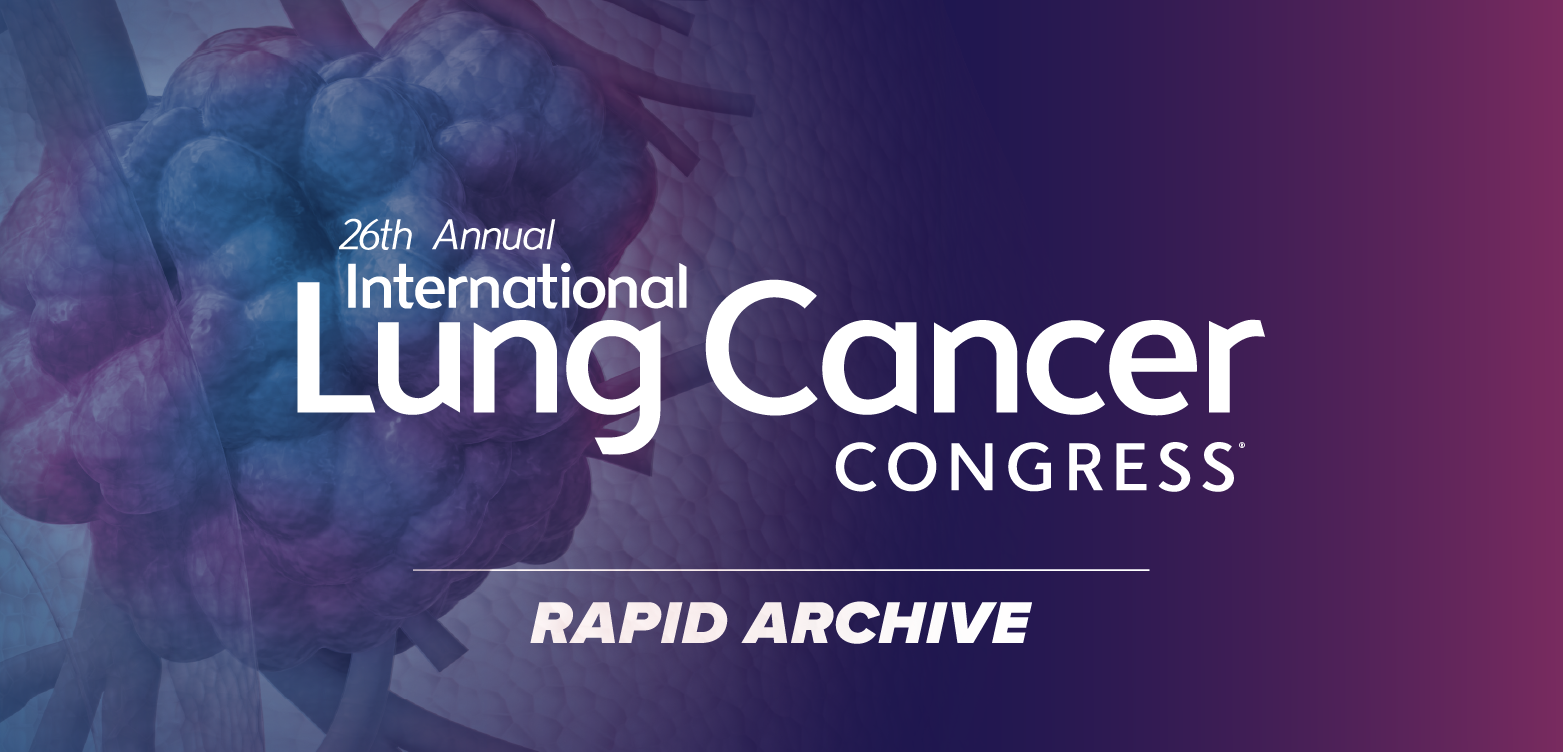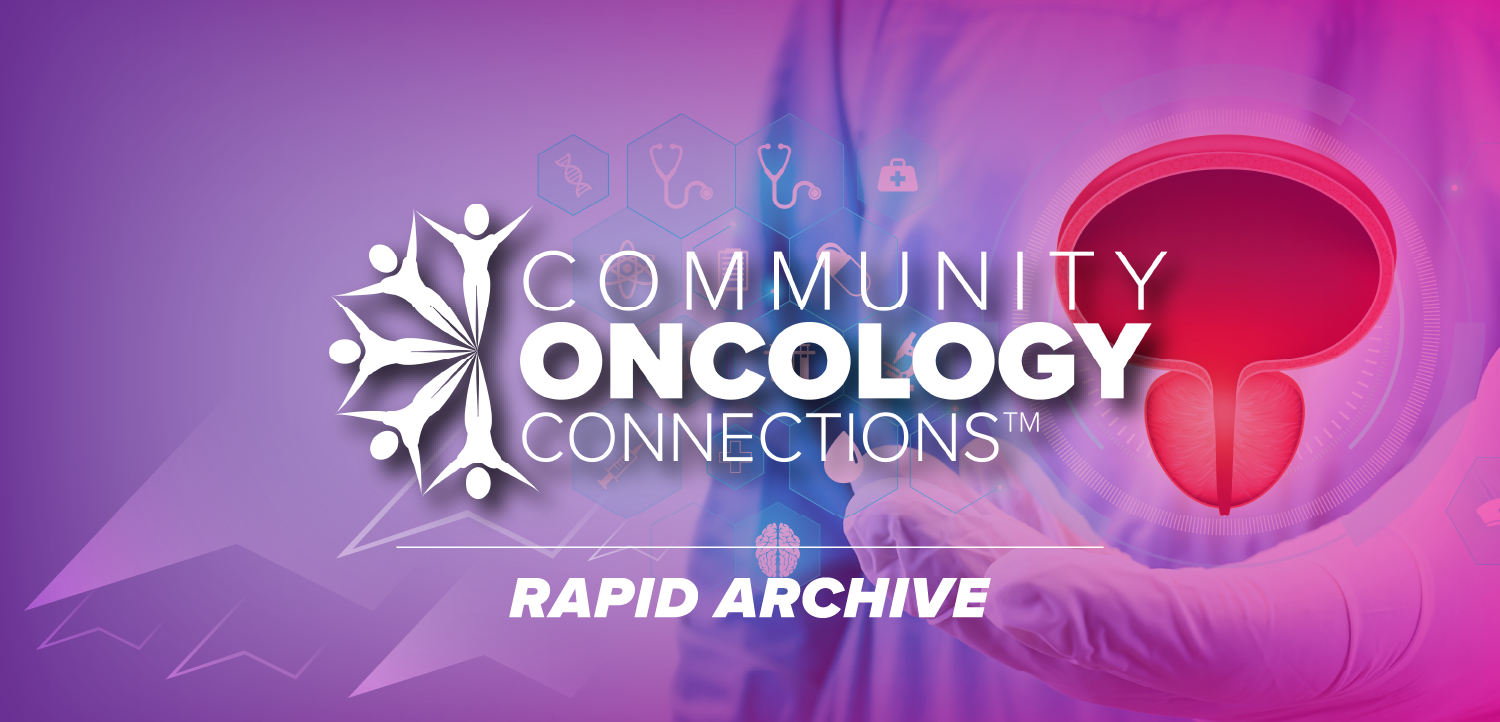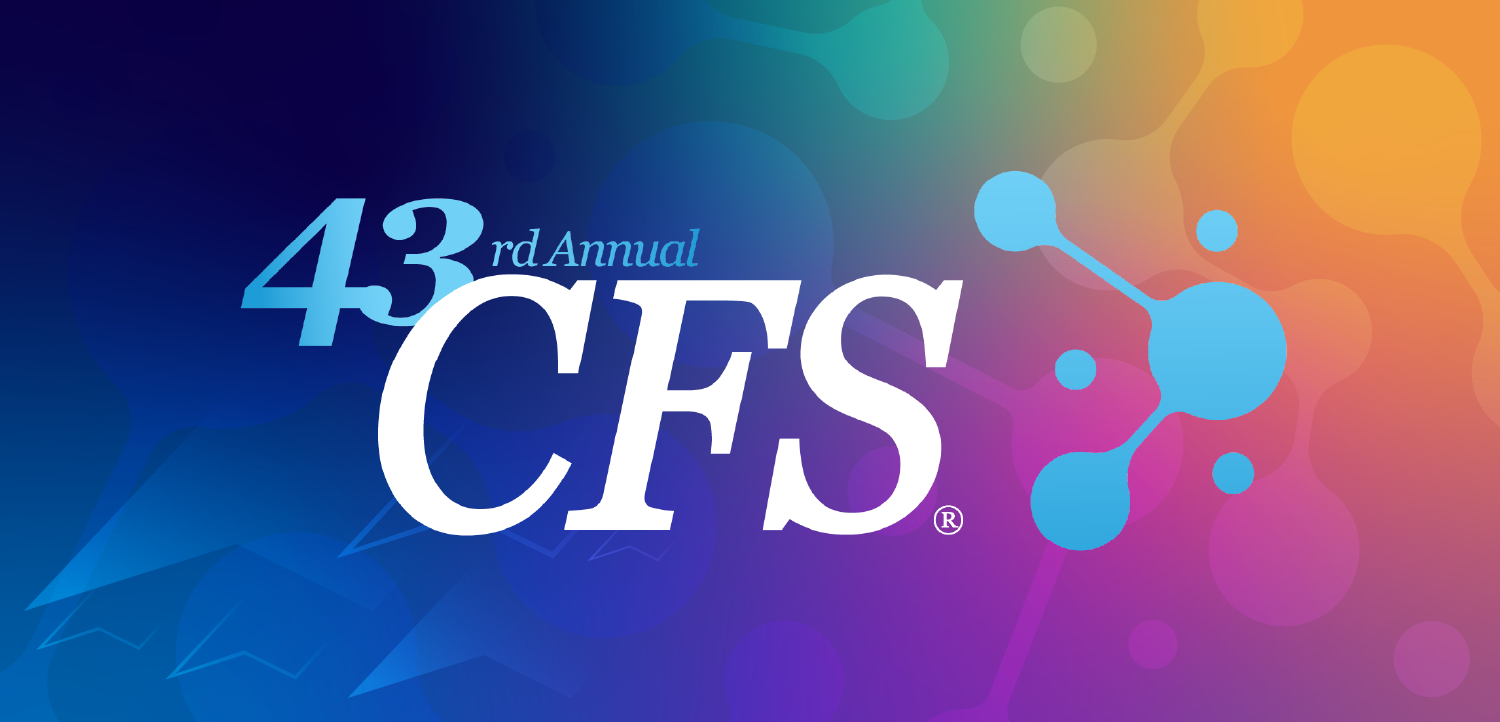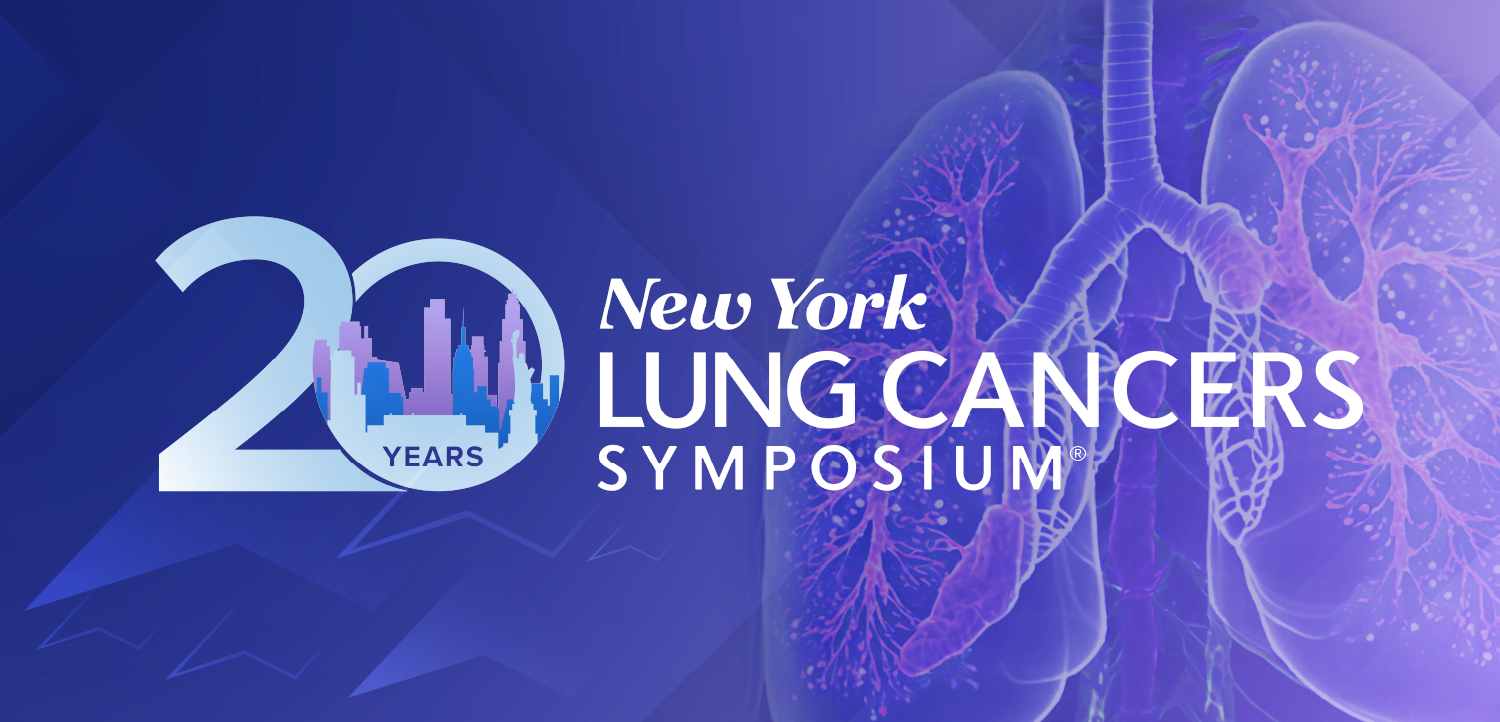Got MR? CT? Ultrasound?
Father's Day is coming up, and the media are being urged to tell my kids to get me a glass of milk. Turns out 12 million men in the U.S. are at risk of osteoporosis, and the richest natural source of calcium is milk.The California Milk Processor Board
Father's Day is coming up, and the media are being urged to tell my kids to get me a glass of milk. Turns out 12 million men in the U.S. are at risk of osteoporosis, and the richest natural source of calcium is milk.
The California Milk Processor Board is providing newspapers, magazine, TV, and radio stations with press releases that describe the amazing properties of milk. The electronic media can even pick up sound bites: one from a man with a broken ankle; another from an emergency room doctor. There's bone density x-ray footage for the TV stations and, of course, video of the new GOT MILK? ads aimed at men.
It's fascinating to see how a creative group can turn a commodity into something that's novel. Think what we could do with imaging technology. Since my last commentary (SCAN 6/2/04), two questions have arisen about this: how we should do it and, even more fundamentally, whether we should do it.
The how-to is the fun part. The sky is the limit. Ads and press releases, Web sites, billboards. Industry groups like the National Electrical Manufacturers Associ-ation working with the American College of Radiology and RSNA toward a common goal. What better way to raise the public consciousness of imaging than to focus on specific cases of how it furthers medicine? How about surgical procedures done on fetuses in utero to correct abnormalities uncovered by ultrasound, which then guides the interventionalist? Or diffusion tensor imaging to identify patients with treatable forms of epilepsy? Or the common practice of using CT and MR to diagnose stroke fast enough to prevent or reduce long-term complications?
Whether we should embark on such a campaign to raise public awareness about imaging's benefits is the remaining question. And there should be little doubt about the answer. A campaign aimed at raising the public awareness of how imaging contributes to daily life is needed to blunt what could be a future attack on rising medical costs that uses radiology as a scapegoat.
We can effectively argue how advanced technology has driven down the cost of medicine through minimally invasive interventions and the replacement of less effective and costlier diagnostic methods. And we should make the point that more is on the way: CT angiography of the coronaries, functional imaging for neurosurgery, and the ultimate, molecular imaging to preempt clinical medicine.
It would be a shame if this future were delayed-or changed-because enough people didn't appreciate what we have and what's coming.
Newsletter
Stay at the forefront of radiology with the Diagnostic Imaging newsletter, delivering the latest news, clinical insights, and imaging advancements for today’s radiologists.


























